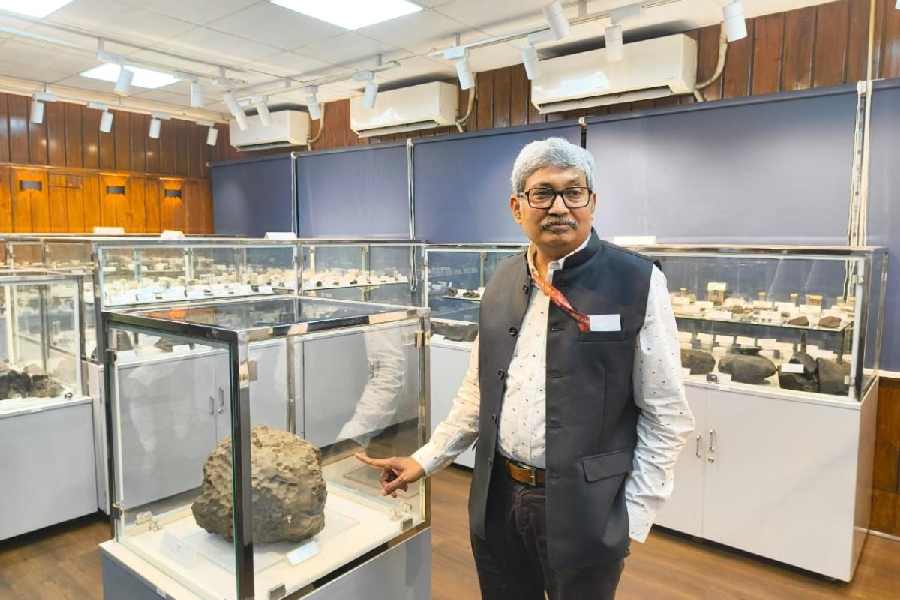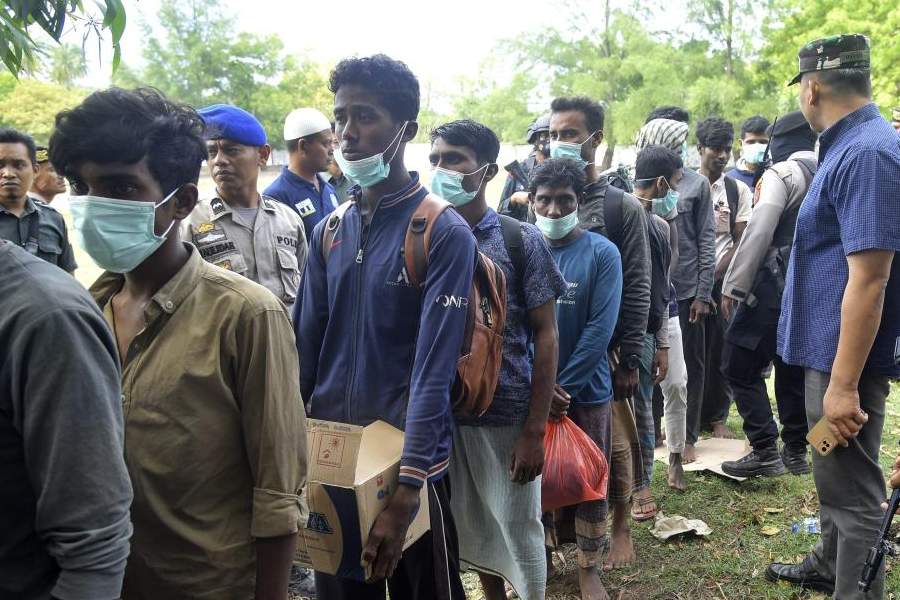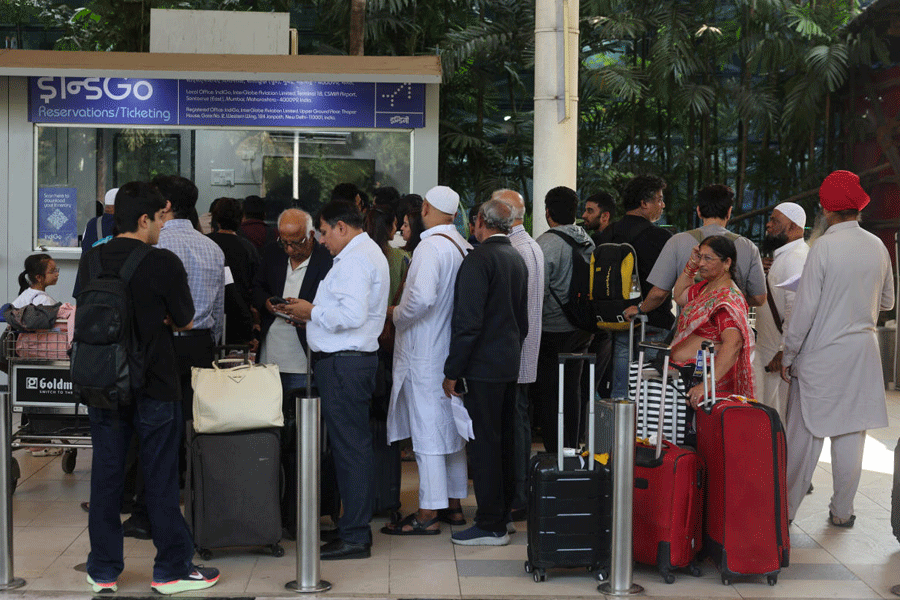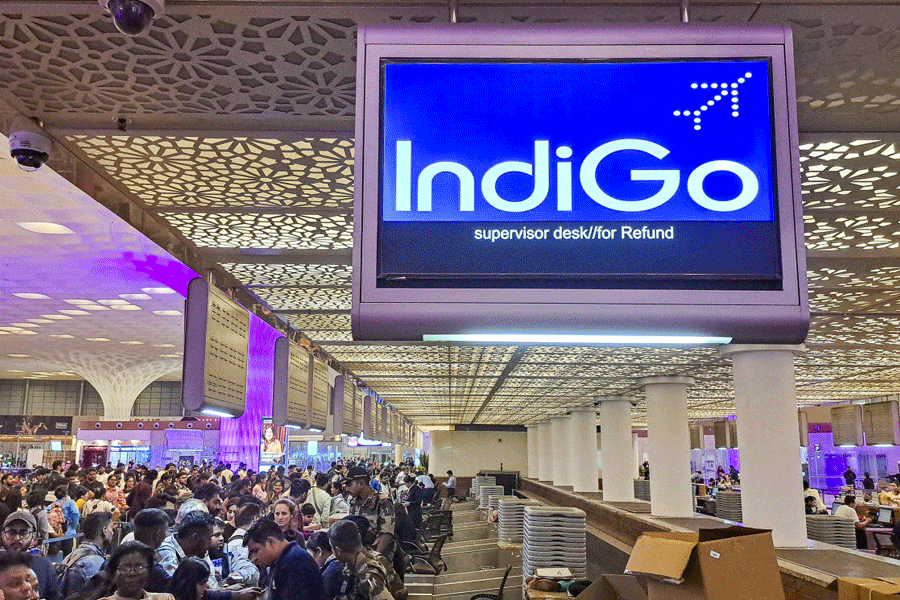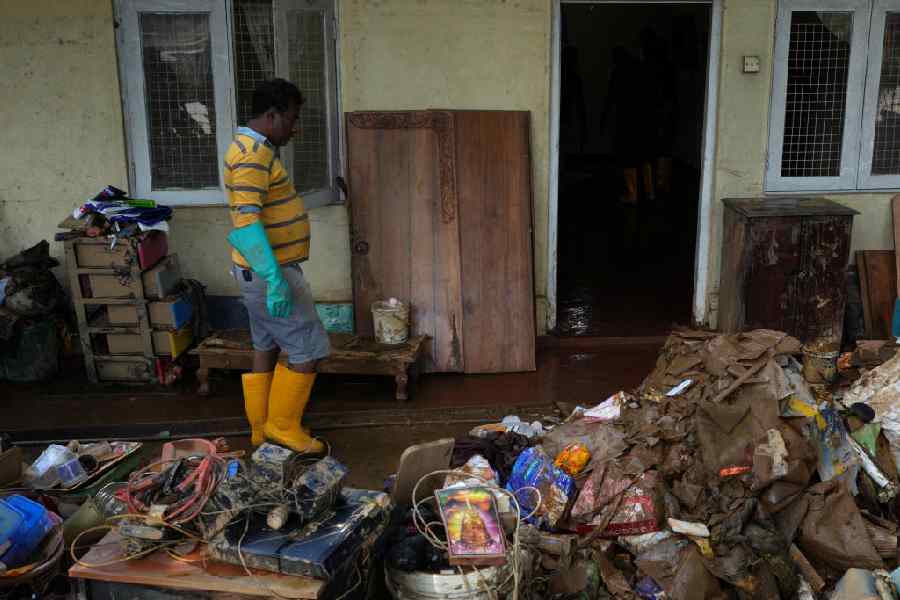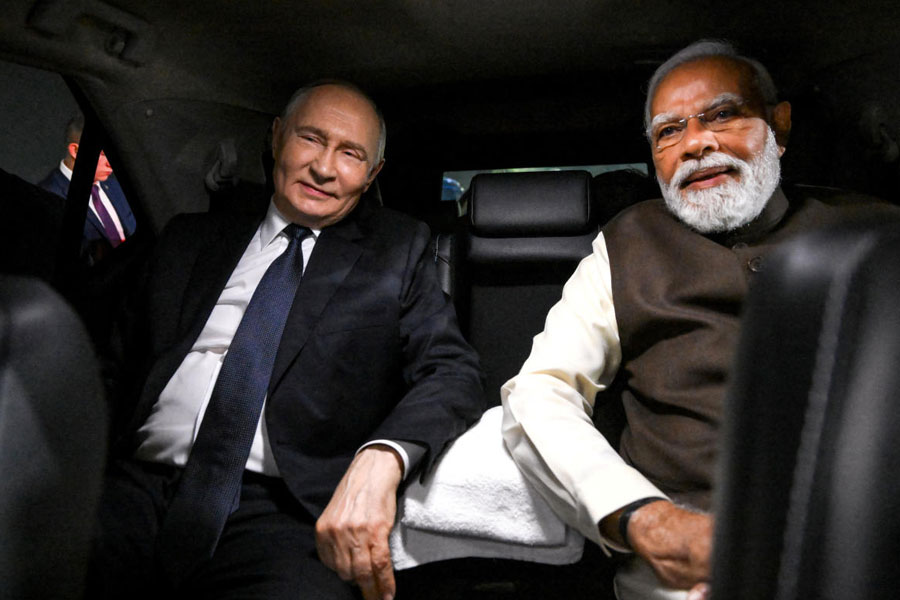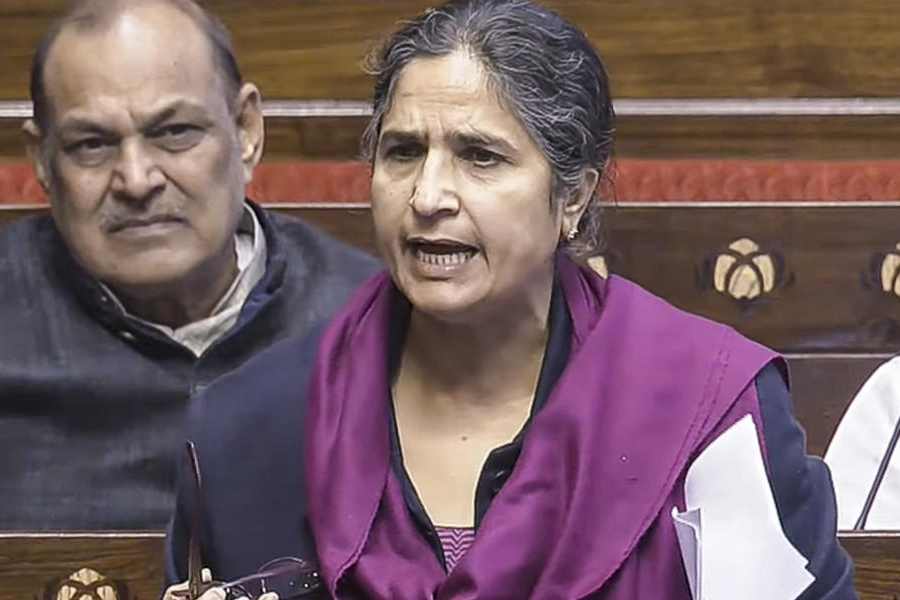Bengal is poised to enter India’s rare earth mining landscape with the Geological Survey of India (GSI) expected to complete advanced exploration in Purulia district.
“We are expected to complete G2 level exploration for rare earth in two locations — one in Assam’s Karbi Anglong district and the other in Bengal’s Purulia,” said GSI director-general Asit Saha on the sidelines of an event organised by Assocham on Friday.
Saha said that once the exploration is complete, the report will be submitted to the Union government and will also be available to the states for further steps, including the auction of the blocks.
GSI carries out reconnaissance survey (G4), preliminary exploration (G3) and general exploration G2 with an aim to augment resources for various mineral commodities.
While GSI has yet to identify specific rare earth elements in these regions, Saha said such deposits usually contain several rare earth minerals, making extraction and processing complex.
He also said India has found encouraging vanadium deposits — another key mineral — in the lower Himalayan region. “We have significant vanadium resources in the Himalayan belt,” he said.
Vanadium is a key component in creating high-strength, low-alloy steels used in automotive, construction and aerospace industries. It is also
used for energy storage and as a catalyst in chemical reactions.
Saha, however, said that despite significant focus towards exploration of rare earth elements, the path to operationalising mines is fraught with hurdles, including land acquisition, environmental approvals, and limited private sector participation.
The G2 stage represents an advanced level of exploration, providing a fairly high degree of confidence in the resource estimation. Upon completion, the findings will be submitted to the respective state mines departments and the Union ministry of mines for further action, Saha said.

